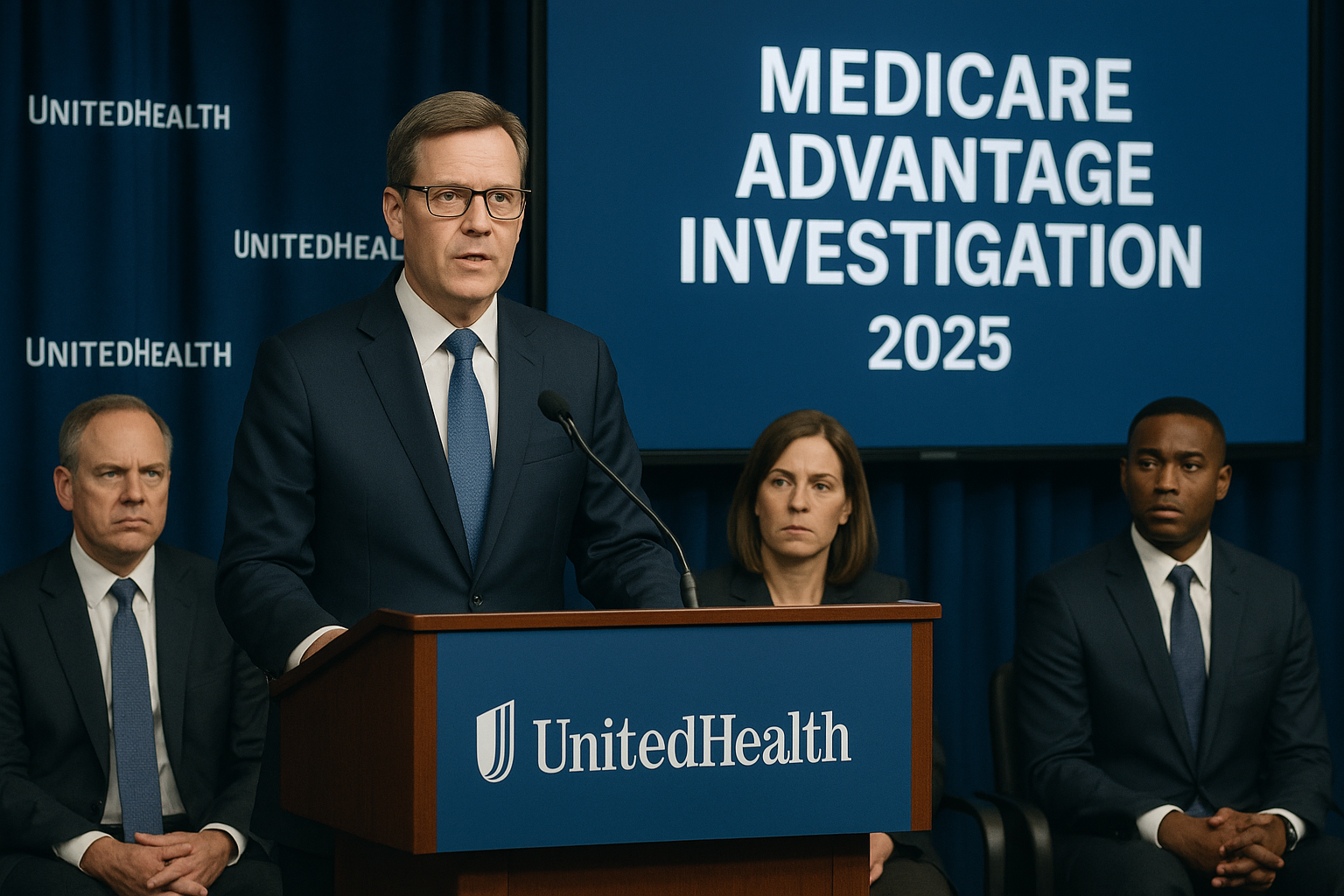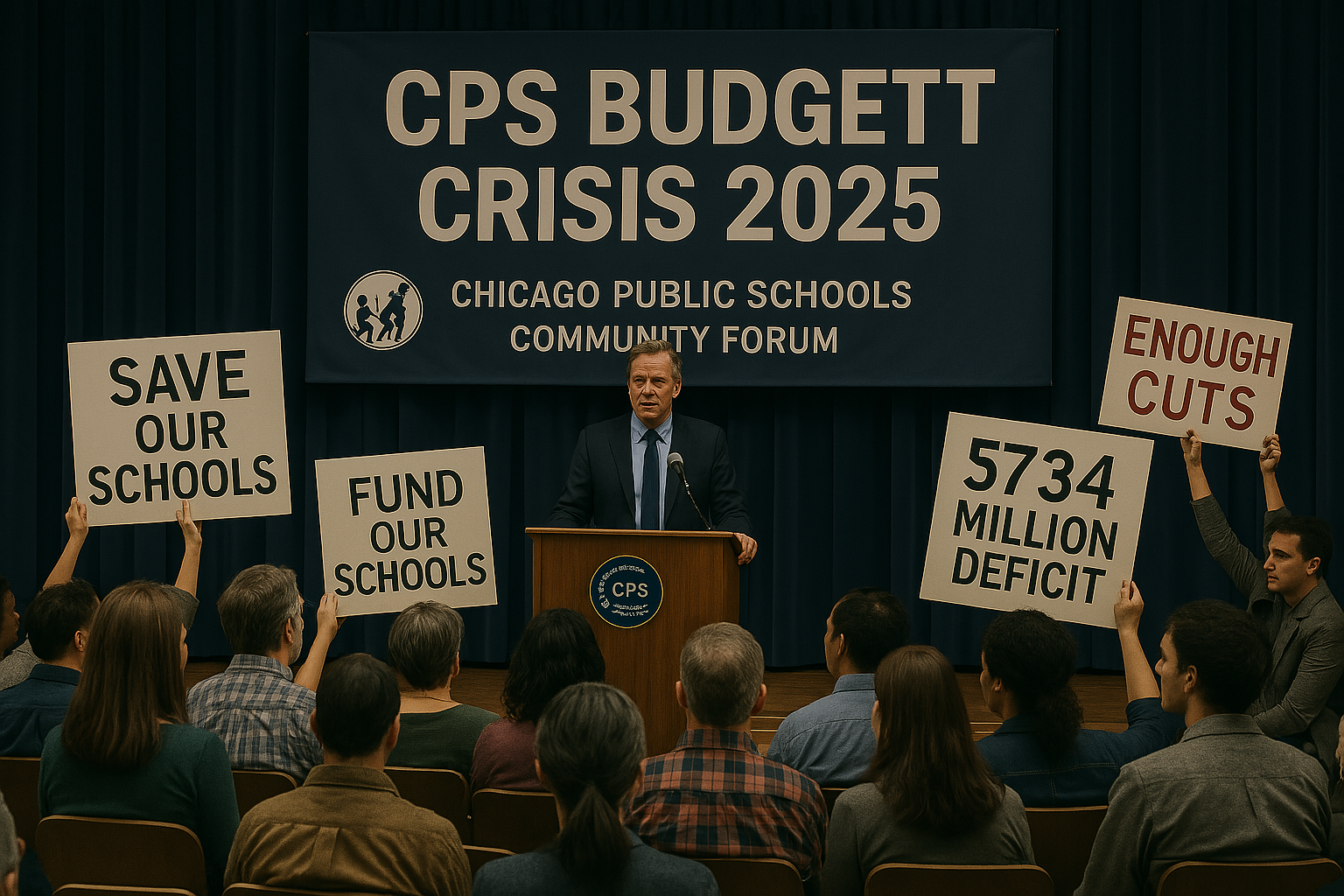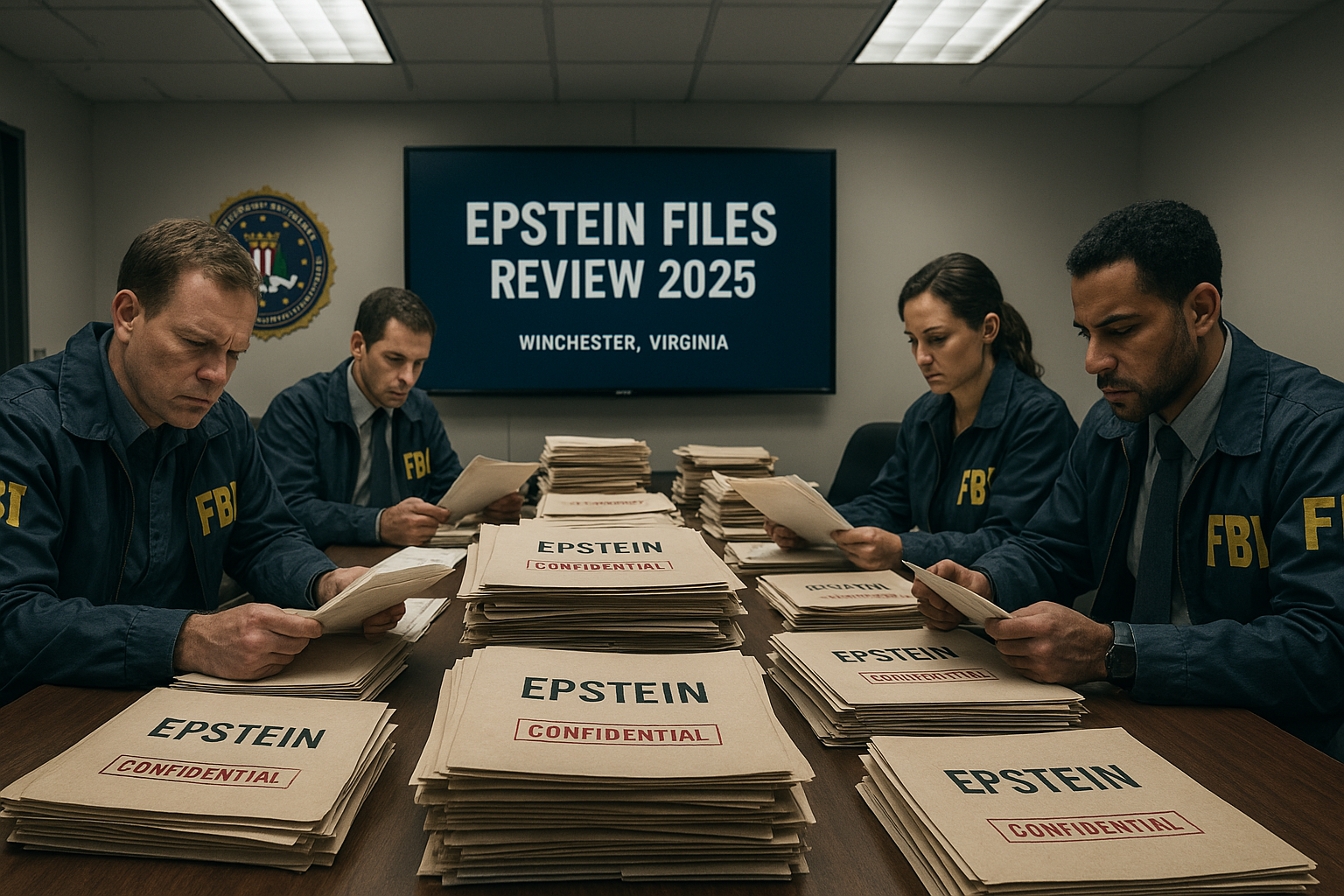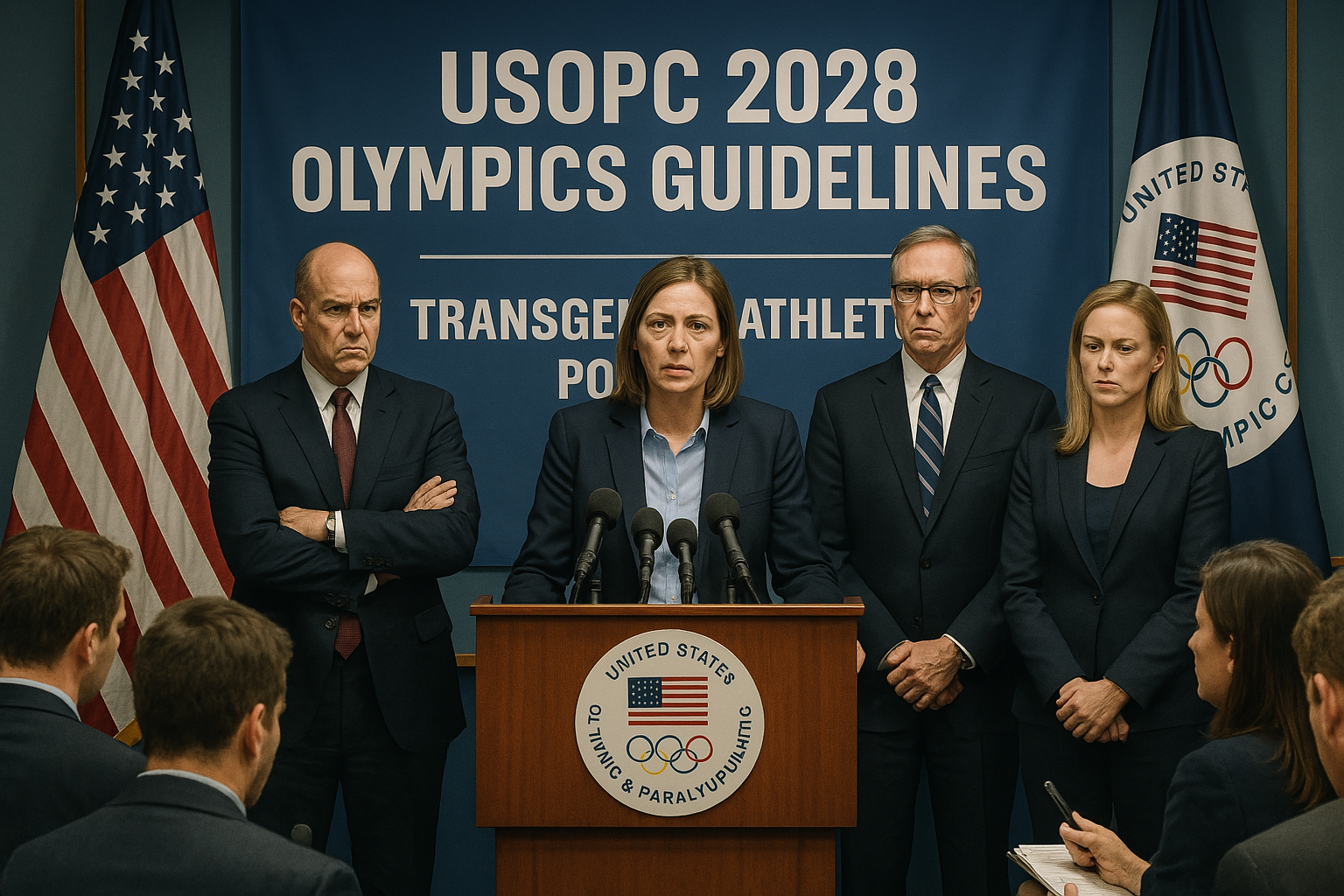Education Reform Needs Bipartisanship in 2025: A Call for Unity

In 2025, America’s education system stands at a crossroads, grappling with funding shortages, teacher burnout, and unequal access to quality schooling. Political polarisation has stalled meaningful reform, leaving students and educators caught in the crossfire. Education reform needs bipartisanship to break this gridlock and deliver equitable, high-quality education. This opinion piece argues that collaboration across party lines is not just desirable but essential for addressing these challenges. Drawing on trends reported by outlets like The New York Times and Chicago Tribune, we explore why bipartisanship is critical, highlight successful models, and propose actionable steps for 2025.
The State of Education in 2025
The U.S. education system faces systemic issues that demand urgent attention. Political divides have exacerbated these challenges, making bipartisan cooperation a necessity.
Funding Inequities
School funding remains deeply unequal, with wealthier districts spending up to three times more per student than poorer ones, per a 2025 report from the National Education Association (NEA). In New York, a $1.5 billion shortfall threatens classroom resources, as noted by The New York Times on July 20, 2025. Rural and urban schools, particularly in states like New Jersey and Indiana, struggle with outdated materials and overcrowded classrooms.
Teacher Shortages
Teacher shortages are at crisis levels. A 2025 Chicago Tribune report estimates 1,000 teacher vacancies in Chicago alone, driven by low pay and burnout. Nationally, the NEA reports a 20% drop in teacher training program enrollment since 2020. Without intervention, schools face larger class sizes and declining educational quality.
Policy Gridlock
Political polarisation stalls reform. Congressional debates over education budgets, reported by The New York Times, have delayed federal funding for programs like Title I, which supports low-income schools. Partisan disputes over curriculum standards and school choice further complicate progress, leaving educators and students in limbo.
Why Bipartisanship Matters
Education reform needs bipartisanship because education is a universal priority that transcends ideology. Republicans and Democrats agree on the goal of better schools but differ on methods—school choice versus public funding, for example. Collaboration can bridge these divides, unlocking resources and fostering innovative policies. Bipartisan efforts historically yield results: the 2001 No Child Left Behind Act, though flawed, showed how cross-party support can drive change. In 2025, with education funding and teacher retention at stake, unity is critical to avoid further setbacks.
Bipartisanship also builds public trust. When leaders work together, as seen in New Jersey’s 2025 community resilience initiatives, citizens are more likely to support reforms like tax increases for schools. Without collaboration, divisive rhetoric risks alienating communities and stalling progress.
Successful Models of Collaboration
Bipartisan education reform has worked before, offering lessons for 2025.
State-Level Success Stories
In New Jersey, a bipartisan coalition in 2024 secured $200 million for school infrastructure, per NJ.com. The initiative, backed by both parties, modernised 50 schools, improving learning environments. Indiana’s 2023 teacher pay raise, supported by Republicans and Democrats, reduced vacancies by 10%, per IndyStar. These examples show how state-level cooperation can address local needs.
Federal Precedents
The 2015 Every Student Succeeds Act (ESSA) is a federal success story, replacing No Child Left Behind with bipartisan support. ESSA gave states flexibility while maintaining accountability, proving that collaboration can balance competing priorities. In 2025, similar efforts could unlock federal funds for teacher training and technology.
Proposed Steps for 2025
To achieve education reform through bipartisanship, lawmakers must act decisively. Below are actionable steps for 2025.
Joint Task Forces
Congress should establish a bipartisan education task force, modelled on the 2025 New York infrastructure task force, to prioritise funding and teacher retention. This task force would include educators, parents, and policymakers to ensure diverse perspectives. Regular reports, like those from the ASCE on infrastructure, could track progress and maintain accountability.
Incentives for Teachers
Bipartisan support for teacher incentives is critical. Proposals like loan forgiveness and signing bonuses, piloted in Chicago, could attract 50,000 new teachers nationwide by 2027, per NEA estimates. Federal and state funding should align to offer competitive salaries, addressing the 20% pay gap between teachers and other professionals.
Community Engagement
Engaging communities builds support for reforms. Town halls, like those in Indianapolis reported by IndyStar, allow parents and educators to voice concerns. Bipartisan leaders should host these forums to explain funding plans and curriculum changes, fostering trust and reducing opposition.
Internal Link: New York’s School Funding Debate
Challenges to Bipartisan Reform
Bipartisanship faces obstacles. Partisan media fuels distrust, with outlets amplifying divisions over issues like curriculum content. Budget constraints, with a projected $500 billion federal deficit in 2025, limit funding, per the Congressional Budget Office. Teachers’ unions and school choice advocates often clash, complicating consensus. Rural versus urban priorities also create tension, as seen in New York’s funding debates. Overcoming these requires compromise and a focus on shared goals, like student success.
Public scepticism is another hurdle. A 2025 Gallup poll found 60% of Americans distrust government-led education reforms. Transparent communication and tangible results, like those from Indiana’s teacher pay raise, can rebuild confidence.
A Path Forward for Education
Education reform needs bipartisanship to succeed in 2025. By forming joint task forces, investing in teachers, and engaging communities, lawmakers can address funding inequities and shortages. The success of past bipartisan efforts, like ESSA and state-level initiatives, shows what’s possible. Leaders must prioritise students over politics, using data-driven policies and public input to drive change. A $1 billion federal education grant, proposed for 2026, could jumpstart reforms if both parties unite. The future of America’s schools—and its students—depends on this collaboration.









